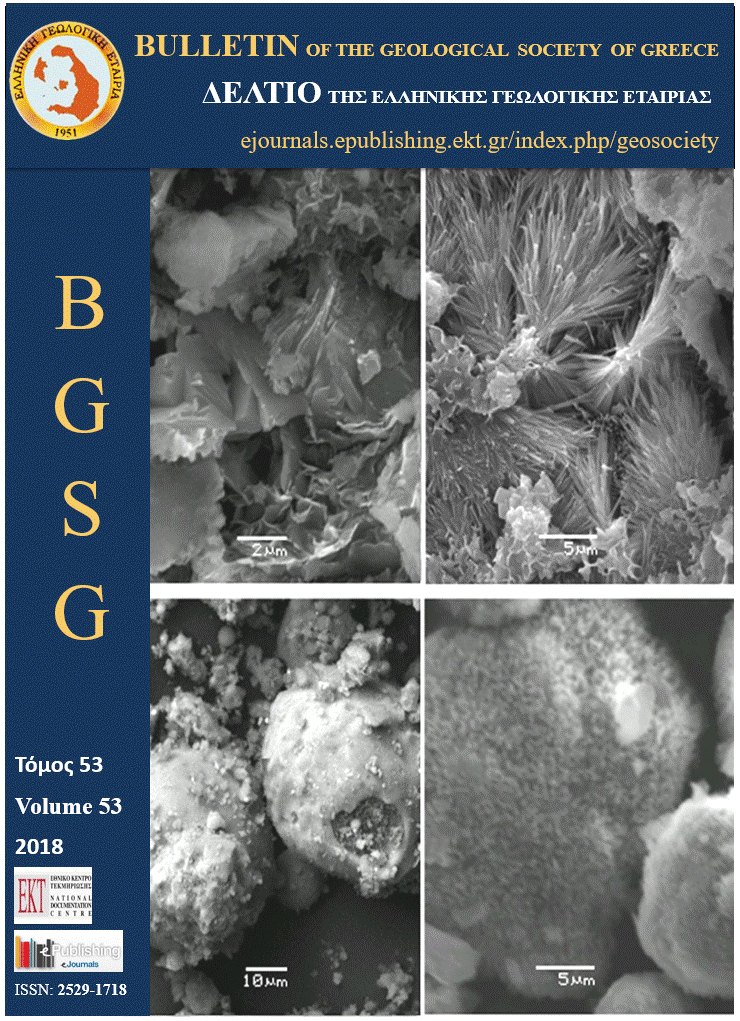Quarrying the coasts of Crete in antiquity; some geoarchaeological considerations

Abstract
The paper discusses three aspects of coastal quarrying in the island of Crete, Aegean Sea, Greece; issues of chronology in regard to the Mean Sea Level in antiquity, issues of ancient technology, and issues of local marble extraction. A series of violent seismic events, the most known being the so-called Early Byzantine Tectonic Paroxysm, affected the morphology of the coastline of Crete, the coastal quarries of which are today either uplifted or sunken. Quarries of aeolianite/sandstone, limestone, marble, and beach rock are related to adjacent rock-cut fish tanks and ship sheds. Traces of the ancient exploitation such as the circular holes observed in the coastal quarries are differentiated according to their dimensions and their natural or manmade form. A preliminary report of a new site, a white marble quarry at Istron (Gulf of Merambello, eastern Crete), is added to the white marble quarries of the area and correlated with the graffiti inscribed on the islet of Prasonēsi or Vryonēsi.
Article Details
- How to Cite
-
Tziligkaki, E. (2018). Quarrying the coasts of Crete in antiquity; some geoarchaeological considerations. Bulletin of the Geological Society of Greece, 53(1), 229–265. https://doi.org/10.12681/bgsg.18999
- Section
- Geoarchaeology

This work is licensed under a Creative Commons Attribution-NonCommercial 4.0 International License.
Authors who publish with this journal agree to the following terms:
Authors retain copyright and grant the journal right of first publication with the work simultaneously licensed under a Creative Commons Attribution Non-Commercial License that allows others to share the work with an acknowledgement of the work's authorship and initial publication in this journal.
Authors are able to enter into separate, additional contractual arrangements for the non-exclusive distribution of the journal's published version of the work (e.g. post it to an institutional repository or publish it in a book), with an acknowledgement of its initial publication in this journal. Authors are permitted and encouraged to post their work online (preferably in institutional repositories or on their website) prior to and during the submission process, as it can lead to productive exchanges, as well as earlier and greater citation of published work.



